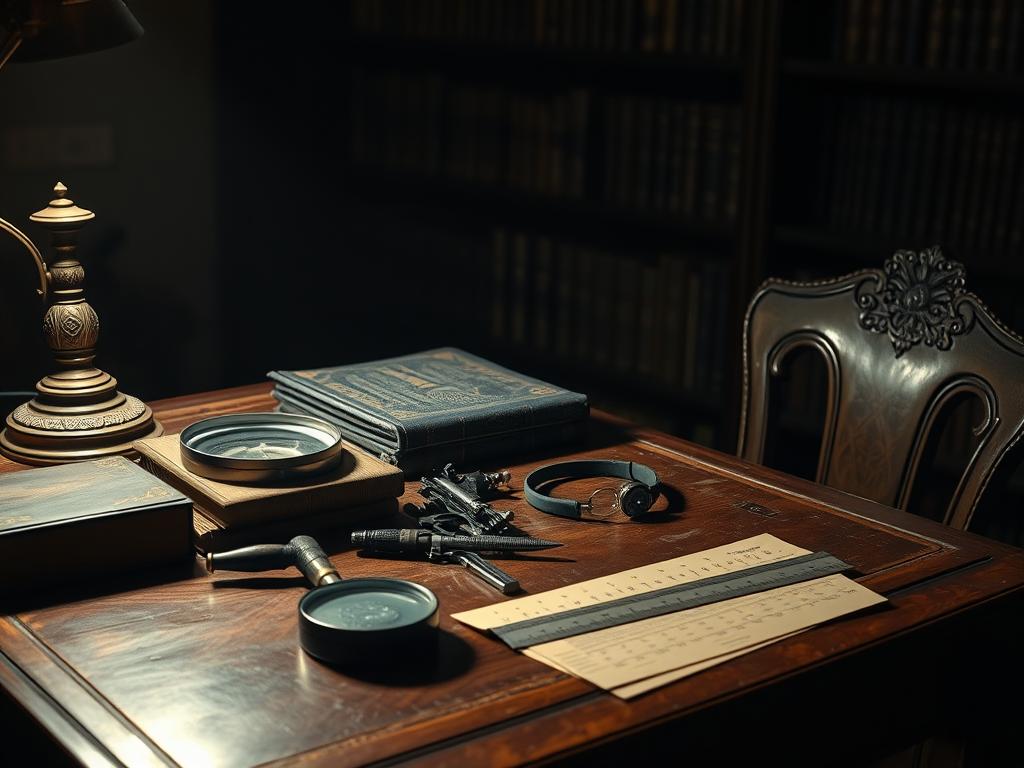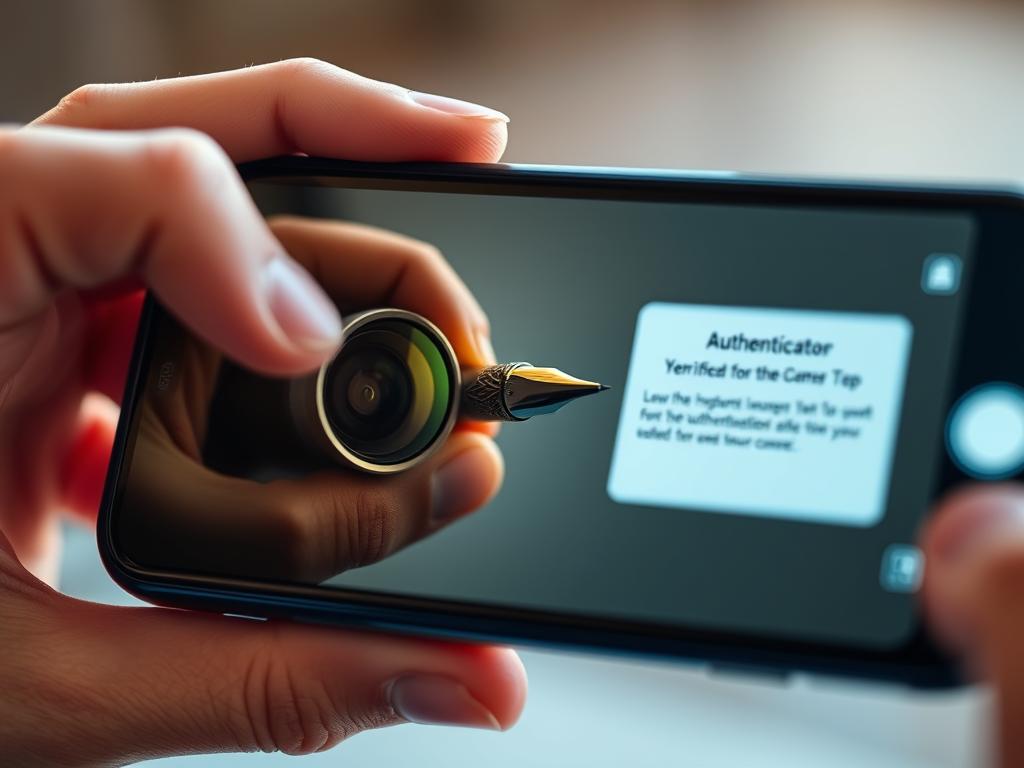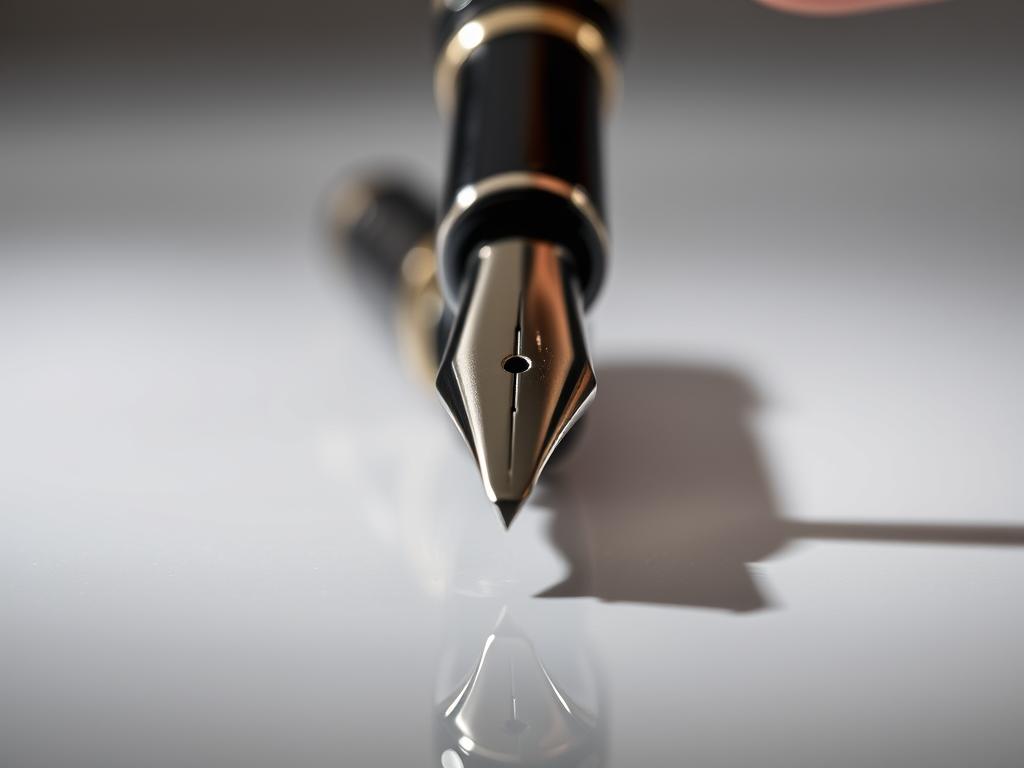Owning a premium writing instrument represents more than just practicality—it’s a statement of craftsmanship and prestige. However, counterfeit products threaten the integrity of these cherished items, eroding trust in brands and disappointing collectors. Advances in anti-counterfeiting technology now empower buyers to verify authenticity with confidence.
High-end writing tools often incorporate cutting-edge security features. For example, smartphone-based verification systems allow users to instantly confirm legitimacy through embedded codes or unique identifiers. Brands like Montblanc and Parker increasingly rely on innovations such as AlpVision Fingerprint, which detects microscopic imperfections invisible to the naked eye.
Understanding how to distinguish genuine products from imitations safeguards both personal investments and brand reputations. This guide explores practical methods to identify authentic items, from examining packaging details to leveraging digital tools. With expert insights, readers gain actionable strategies to avoid substandard replicas.
Key Takeaways
- Authenticity is critical for preserving the value and craftsmanship of high-end writing instruments.
- Counterfeit products harm brand trust and consumer satisfaction in the premium pen market.
- Modern security solutions, including smartphone apps, simplify verification processes.
- AlpVision Fingerprint technology uses microscopic patterns to confirm product legitimacy.
- Detailed inspections of materials and packaging help identify discrepancies in replicas.
Introduction to the Counterfeit Crisis in Luxury Pens
The growing demand for premium writing tools has unintentionally created fertile ground for counterfeiters. As collectors and professionals seek high-end instruments, copycats flood markets with convincing replicas. This surge impacts brand reputation and consumer trust, particularly when buyers discover they’ve purchased subpar imitations.
Understanding the Impact on Brand Reputation
When shoppers unknowingly acquire imitation products, frustration often turns toward the original manufacturer. “One bad experience with a counterfeit can permanently alienate a customer,” notes a spokesperson for a leading pen manufacturer. Negative reviews and eroded loyalty directly affect sales, forcing brands to invest heavily in damage control.
The Growing Market for Fake Luxury Items
Online platforms have become hotspots for counterfeit operations. Third-party sellers exploit limited oversight to distribute replicas that mimic packaging, engravings, and even warranty cards. Traditional methods anti-counterfeiting like holograms or serial numbers now struggle against these sophisticated schemes.
| Method | Effectiveness | Cost |
|---|---|---|
| Holographic Stickers | Low (easily copied) | $0.10 per unit |
| Serial Number Tracking | Moderate (requires database access) | $1.50 per item |
| Digital Fingerprinting | High (unique microscopic patterns) | $3.00 per item |
This table highlights why brands need more robust solutions. Advanced anti-counterfeiting technologies, such as smartphone-scannable markers, offer better protection while maintaining aesthetic integrity. The shift toward these innovations reflects the urgency to safeguard both craftsmanship and buyer confidence.
The Reality of Counterfeit Markets in the United States
American authorities seized over $2.3 billion in counterfeit goods last year—with writing instruments representing a growing share. Recent NCPC reports show a 17% annual increase in fake high-end pen seizures, highlighting their appeal to fraudsters. These items offer high profit margins with low production costs, making them prime targets.
Ecommerce platforms complicate enforcement efforts. Third-party sellers often use generic storefront names and disposable websites. “We see repeat offenders relisting items within hours of being reported,” says a Department of Homeland Security investigator. Anonymous payment systems and cross-border shipping further enable these operations.
| Platform | Counterfeit Listings (2023) | Removal Rate |
|---|---|---|
| Amazon | 12,400+ | 63% |
| eBay | 8,900+ | 57% |
| Social Media | 6,200+ | 41% |
Despite challenges, new verification methods are gaining traction. Brands now embed microscopic QR codes in clip mechanisms or use blockchain-based certificates. These innovations help buyers confirm authenticity while preserving product aesthetics.
The economic impact extends beyond lost sales. Counterfeits damage brand reputations and consumer trust—67% of buyers report reduced confidence after encountering replicas. However, advanced anti-counterfeiting technologies are shifting the balance, offering hope for collectors and manufacturers alike.
Key Approaches in Spotting Fake Luxury Pens
The devil is in the details when verifying premium craftsmanship. Authentic items often showcase flawless finishes and consistent weight distribution, while replicas cut corners with cheaper materials. A sterling silver cap, for example, should feel cool to the touch and display a hallmark stamp near the clip.
Recognizing Details: Sterling Silver Caps, Black Resin Bodies, and More
High-end brands use specific materials that replicas struggle to mimic. The Montblanc Meisterstück series features a signature black resin body with a diamond-polished finish. Counterfeits often appear dull or show uneven coloring. Examine the pen cap and cap barrel for seamless threading—authentic versions screw together smoothly without resistance.
Differences in Engravings and Ink Flow
Genuine engravings on nibs or clips are crisp and symmetrical. A fountain pen from reputable makers like Montblanc displays intricate patterns under magnification. Imitations may have blurry text or shallow etching. Ink flow also matters: authentic models release ink consistently, while copies often skip or blot.
For hands-on guidance, consult this Montblanc Meisterstück authentication guide. It highlights how to verify serial numbers and material quality. Remember, authentic items balance aesthetics with precision engineering—a harmony rarely achieved by imitations.
Limitations of Traditional Anti-counterfeiting Methods
Many brands still rely on outdated security tactics that struggle to keep pace with modern counterfeiters. While methods like serial numbers and holographic stickers were once effective, they now pose significant drawbacks for high-end writing instruments. These approaches often clash with sleek designs, forcing manufacturers to compromise aesthetics for basic protection.

Engraved identifiers remain easy targets for replication. Skilled counterfeiters copy or forge these marks using affordable laser tools, rendering them unreliable. A 2023 industry report revealed that 78% of seized replicas included convincing duplicates of registered serial numbers. This vulnerability leaves buyers and brands exposed despite their efforts.
Another challenge lies in balancing security with elegance. QR codes or bulky holograms can disrupt the refined appearance collectors expect. “Our clients value subtlety,” explains a product designer for a leading brand. Visible security features often feel intrusive in this market.”
These shortcomings highlight why advanced authentication systems are becoming essential. Unlike traditional anti-counterfeiting measures, modern solutions integrate seamlessly into materials without altering visual appeal. As counterfeit tactics evolve, so must the strategies to counter them.
Embracing Advanced Anti-counterfeiting Solutions
Innovative security technologies are rewriting the rules of product authentication. Unlike clunky holograms or engraved codes, modern systems work invisibly to protect premium writing instruments. These solutions preserve design integrity while delivering foolproof verification methods.
Overview of Modern Security Technologies
The AlpVision Fingerprint stands out as a game-changer. This technology scans microscopic imperfections in materials—patterns as unique as human fingerprints. “Every pen cap or resin body has natural irregularities impossible to replicate,” explains a security engineer from a top Swiss lab.
Key advantages of these systems include:
- Covert authentication via smartphone macro lenses
- Zero visual impact on product aesthetics
- Production-line integration without added costs
Brands now favor solutions that seamlessly integrate with existing manufacturing. The AlpVision Fingerprint unique approach uses existing material textures rather than adding foreign elements. This method avoids the “security sticker” look that compromises premium appeal.
Recent implementations show remarkable results:
| Technology | Authentication Speed | Copy Resistance |
|---|---|---|
| AlpVision Fingerprint | 2 seconds | 99.98% |
| QR Codes | 5 seconds | 72% |
| Holograms | Instant | 31% |
These advanced anti-counterfeiting tools empower buyers through simple app scans. As authentication becomes effortless, brands gain stronger protection against imitation markets. The future lies in security that enhances rather than compromises the user experience.
Leveraging Smartphone Technology for Authentication
Your smartphone might be the ultimate tool for verifying premium writing instruments. With over 85% of Americans owning these devices, brands now harness their capabilities to combat imitation products. This shift turns everyday technology into a shield against counterfeiters.

Why Macro Lenses Make a Difference
Modern lens smartphone camera systems can magnify details invisible to the naked eye. Features like access macro lens modes let users zoom in on micro-engravings or material textures. A security engineer notes: “These cameras rival professional microscopes in clarity—perfect for spotting hidden markers.”
Here’s how macro lens smartphone tools enhance verification:
- Reveal nano-scale security patterns in nibs or clips
- Capture color gradients in resin bodies for comparison
- Scan QR codes smaller than a grain of salt
| Feature | Benefit | Ease of Use |
|---|---|---|
| Macro Zoom | Identifies micro-engravings | High |
| AI Focus | Auto-detects security patterns | Medium |
| 3D Scanning | Maps surface textures | Low |
Dedicated apps guide consumers access macro features step-by-step. Simply align the smartphone camera with the pen’s clip or nib—the software highlights inconsistencies in real time. This process lets consumers easily authenticate items during purchases or resales.
Best of all, these tools work with most devices released after 2020. As one collector shared: “I verified my latest find during lunch—no special equipment needed.” With access macro lens technology now standard, authenticity checks fit in your pocket.
Integrating Brand Monitoring Systems with Security Measures
Once a premium writing instrument leaves the factory, its journey through supply chains creates vulnerabilities. Modern brand monitoring systems close this gap by combining physical security measures with digital oversight. These platforms track products from assembly to delivery, creating an unbroken chain of custody.
Centralized dashboards give manufacturers real-time insights into distribution patterns. Suspicious activity—like unusual shipment volumes to specific regions—triggers alerts. “Our system flagged a retailer selling 300% above their usual order size,” shares a Parker security executive. We discovered counterfeit stock mixed with authentic pens.”
| Aspect | Traditional Approach | Integrated BMS |
|---|---|---|
| Tracking Capability | Limited to point of sale | Full lifecycle monitoring |
| Consumer Verification | Manual checks | Instant app scans |
| Response Time | Weeks | 48 hours |
These systems let consumers access verification histories through brand apps. Scanning a pen’s security feature reveals its production date, distribution path, and authentication records. This transparency builds trust—73% of buyers report higher confidence when using integrated platforms.
By linking physical identifiers with cloud-based brand monitoring systems, manufacturers add layers of protection. Real-time data helps teams dismantle counterfeit networks faster while giving buyers tools to confirm legitimacy. The result? A safer market for collectors and brands alike.
Exploring the Security Features of Various Luxury Pens
High-end writing instruments employ distinct safeguards tailored to their design. From precision engravings to specialized materials, these elements serve dual purposes: enhancing functionality while deterring imitation.
Fountain Pens: Signature Engravings and Gold Nibs
The Montblanc Meisterstück exemplifies craftsmanship with its 18K gold nib featuring laser-etched patterns. Authentic models display crisp, symmetrical engravings under magnification. Counterfeit versions often show blurred lines or uneven depths.
Gold nibs possess unique flexibility that steel replicas can’t match. When dipped in ink, genuine nibs distribute fluid smoothly without skipping. This performance stems from meticulous balancing unseen in imitation products.
Rollerball and Ballpoint Pens: Refills and Subtle Details
Premium rollerball pens use proprietary ink cartridges with encrypted serial numbers. The cap barrel on authentic models fits snugly, emitting a soft click when closed. Replicas may wobble or feel loose.
Look for weight distribution differences. A genuine sterling silver cap adds balanced heft, while counterfeit versions often use hollow alloys. The black resin body of iconic models like the Meisterstück shows depth under light—copies appear flat or streaked.
| Pen Type | Security Feature | Counterfeit Difficulty |
|---|---|---|
| Fountain | Micro-engraved gold nibs | Extremely High |
| Rollerball | Serialized refill systems | High |
| Ballpoint | Weighted cap barrels | Moderate |
These design choices create hurdles for copycats. As one industry expert notes: “It’s not just about looks—every curve and material choice has an anti-counterfeiting purpose.” By understanding these nuances, collectors can better appreciate—and verify—their investments.
Guidelines for Consumers to Authenticate Luxury Pens
Verifying a premium writing instrument’s authenticity no longer requires expert training—just your smartphone and a few minutes. Modern tools let buyers confirm legitimacy through intuitive steps, empowering them to make informed purchases.
How to Verify in Three Simple Steps
Begin by downloading the brand’s official authentication app. Hold your device’s camera 4-6 inches from the pen’s clip or nib. AlpVision Fingerprint offers instant scans of microscopic surface patterns, comparing them to factory records in seconds.
If the app detects a match, you’ll see a green checkmark and production details. For uncertain results, manually compare engravings using the app’s zoom feature. “The nib’s serial number should mirror the packaging’s holographic sticker,” advises a Montblanc product specialist.
Key advantages of this solution luxury pens rely on:
- No special equipment—works with most smartphones
- Real-time verification during online purchases
- Encrypted data storage for privacy protection
First-time users appreciate how consumers easily authenticate items without technical skills. One collector shared: “I confirmed my vintage find was genuine while waiting for coffee.” With these tools, confidence comes standard.
Conclusion
The fight against imitation goods requires constant innovation. With over $2.3 billion in counterfeit seizures last year, brands must adopt advanced anti-counterfeiting technology to stay ahead of counterfeiters. Solutions like AlpVision Fingerprint leverage microscopic patterns invisible to the naked eye, offering discreet yet unbreakable security.
Traditional methods like serial numbers or holograms no longer suffice. Modern tools—such as smartphone macro lenses—empower users to verify engravings on fountain pens or check rollerball refills in seconds. This shift protects brand reputation while preserving the elegance collectors expect.
From sterling silver caps to encrypted ink cartridges, every detail matters. Brands that integrate these security features into production lines create trust through transparency. Meanwhile, buyers gain confidence using apps that decode hidden markers with a simple scan.
The future belongs to those who blend craftsmanship with cutting-edge defense. By embracing solutions tailored for fountain pens, ballpoints, and rollerballs, both manufacturers and enthusiasts can safeguard value. After all, authenticity isn’t just a feature—it’s the foundation of prestige.
FAQ
How can someone verify a pen’s authenticity without relying on serial numbers?
Brands like Montblanc use unique engravings, material quality (e.g., sterling silver caps or black resin bodies), and advanced technologies like AlpVision Fingerprint. These micro-features, invisible to the naked eye, require a smartphone’s macro lens for verification through dedicated apps.
What security features do premium brands integrate into fountain pens?
High-end fountain pens often include gold nibs with laser-etched logos, precision engravings on clips, and proprietary anti-counterfeiting tech. For example, Montblanc Meisterstück pens combine handcrafted details with hidden identifiers detectable via specialized apps.
Why do traditional methods like holograms fail to stop counterfeiters?
Holograms and serial numbers are easy to replicate. Modern solutions like AlpVision Fingerprint analyze microscopic surface patterns, which are impossible to copy. This makes authentication faster and more reliable for consumers.
How does smartphone technology help in identifying replicas?
A macro lens smartphone camera can zoom into tiny details like engravings or material textures. Apps linked to brand monitoring systems then cross-check these features against secure databases, offering instant verification without specialized tools.
What distinguishes genuine rollerball pens from fakes?
Authentic rollerball pens have consistent ink flow, finely crafted refills, and subtle details like polished metal accents. Counterfeits often use cheaper materials, leading to uneven finishes or smudged branding.
How do companies protect their reputation in the fight against fakes?
Brands combine physical security features (e.g., sterling silver caps) with digital tools like blockchain tracking and AI-powered monitoring. This dual approach ensures products stay traceable while empowering buyers to authenticate items independently.


